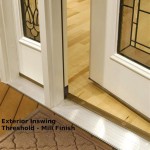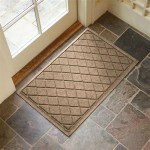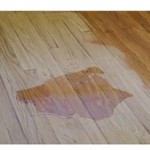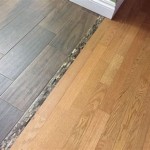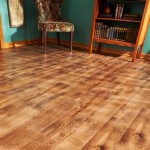Vinyl flooring is a popular choice for many homeowners looking to give their home a fresh, stylish look. But like any flooring, vinyl flooring can suffer from wear and tear over time, and may need to be repaired. The right type of glue can make all the difference when it comes to repairing your vinyl flooring. In this article, we’ll discuss the best glue for vinyl flooring repair. We’ll cover everything from the types of glue available to the steps you’ll need to take to ensure a successful repair.
Types of Glue for Vinyl Flooring Repair
When it comes to repairing vinyl flooring, there are several types of glue that can be used, each of which has its advantages and disadvantages. Some popular types of glue for vinyl flooring repair include:
- Vinyl Adhesive: Vinyl adhesive is specifically designed for use on vinyl flooring, and is the best choice for repairing small tears and holes. It’s relatively easy to apply, and usually comes in a tube that can be squeezed directly onto the affected area. However, it’s not very strong, and may not hold up to heavy traffic.
- Contact Cement: Contact cement is a strong adhesive that can be used to repair larger tears and holes in vinyl flooring. It’s highly resistant to water and oil, and is a great choice for areas that are exposed to a lot of moisture or heavy foot traffic. However, it’s somewhat difficult to apply, and must be used carefully to ensure a successful repair.
- Epoxy: Epoxy is a two-part adhesive that can be used for repairing larger tears and holes in vinyl flooring. It’s very strong and resistant to water, oil, and chemicals, making it ideal for areas that are exposed to a lot of moisture or heavy foot traffic. However, it’s more difficult to apply than other types of glue, and must be used carefully to ensure a successful repair.
Preparing the Area for Repair
Before you apply any type of glue to your vinyl flooring, it’s important to properly prepare the area. This will help ensure that the glue adheres properly and that your repair is successful. Here are some tips for preparing the area for repair:
- Clean the area thoroughly. Use a vacuum cleaner to remove any dirt and debris, then use a damp cloth to wipe away any remaining residue.
- Apply a primer to the affected area. Primers help the glue adhere more effectively, and should be applied according to the manufacturer’s instructions.
- Apply a patch to the affected area. Patches help to reinforce the repair and should be applied according to the manufacturer’s instructions.
- Sand the area to ensure a smooth surface. Use a fine-grit sandpaper to remove any uneven surfaces or ridges.
- Clean the area again. Use a vacuum cleaner to remove any remaining dust, then use a damp cloth to wipe away any remaining residue.
Applying the Glue
Once the area has been properly prepared, you can apply the glue. Be sure to follow the manufacturer’s instructions when applying the glue, as the type of glue you use will determine the steps you need to take. Generally speaking, you should:
- Apply the glue to the affected area. Be sure to spread it evenly and avoid applying too much.
- Press the patch or patch material firmly into place. Use a roller or brush to ensure a secure bond.
- Allow the glue to dry completely. This can take anywhere from several hours to several days, depending on the type of glue you’re using.
Finishing the Repair
Once the glue has dried completely, you can finish the repair. Depending on the type of glue and the extent of the damage, you may need to take additional steps to ensure a successful repair. Here are some tips for finishing the repair:
- Apply a sealant to the affected area. This will help protect the repair and should be applied according to the manufacturer’s instructions.
- Vacuum the area to remove any remaining debris. Use a soft brush attachment to avoid damaging the repair.
- Apply a floor finish to protect the repair. Floor finishes help to protect the repair from wear and tear and should be applied according to the manufacturer’s instructions.
Conclusion
Repairing vinyl flooring can be a daunting task, but with the right type of glue and a little patience, you can have your floor looking like new in no time. The best glue for vinyl flooring repair will depend on the extent of the damage and the type of glue you’re using. Be sure to follow the manufacturer’s instructions when applying the glue, and take the proper steps to ensure a successful repair. With the right glue and a little patience, you can have your vinyl floor looking like new in no time.















Related Posts

